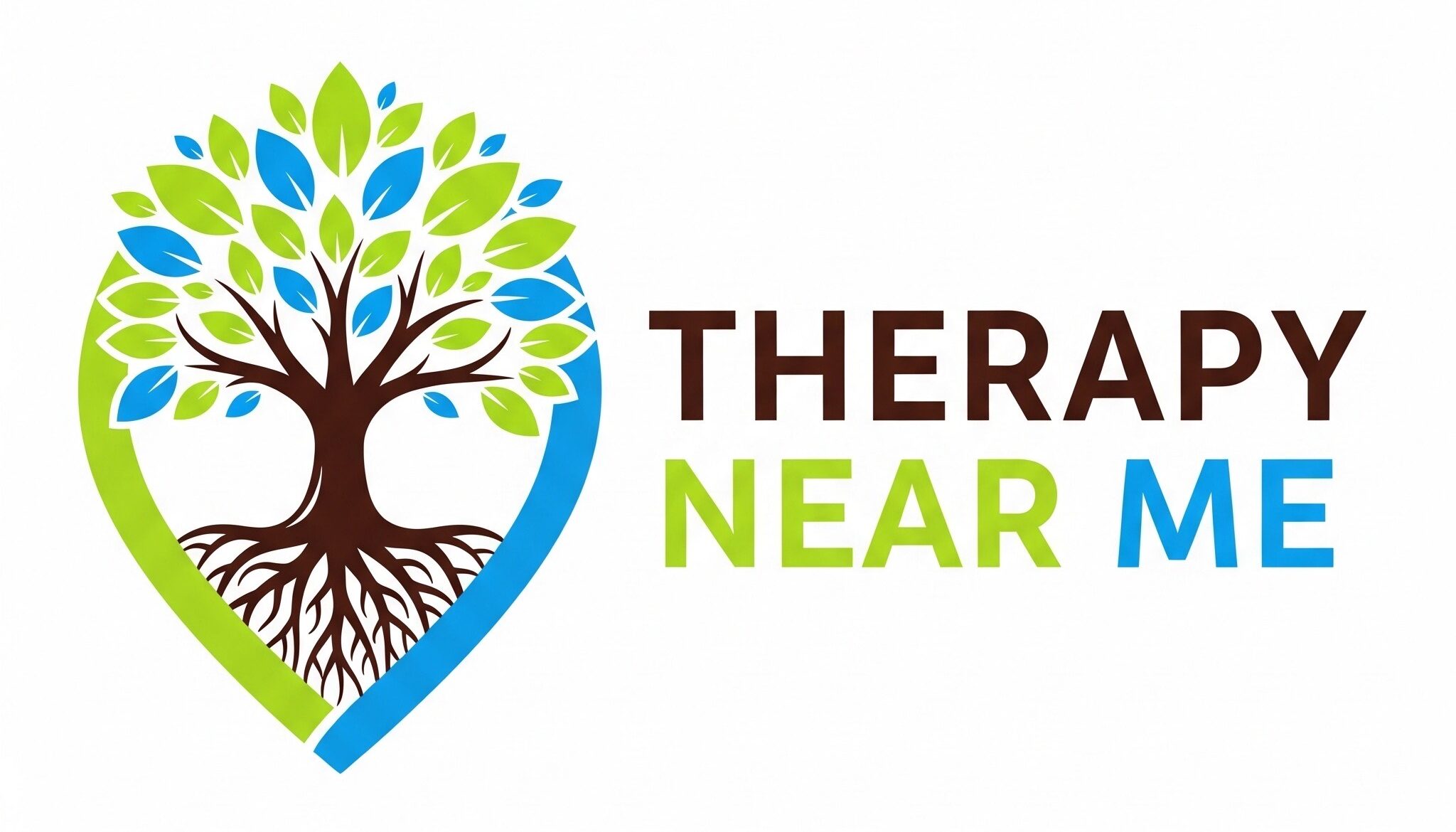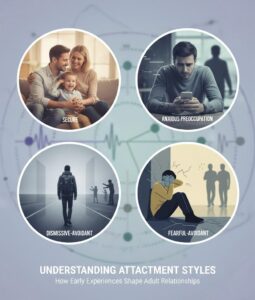Communication skills are fundamental for success in both personal and professional contexts. Effective communication enhances relationships, facilitates collaboration, and ensures that ideas and information are clearly understood. This article explores the importance of communication skills, various types, and strategies for improvement, supported by scientific research and expert insights.
Keywords: communication skills, effective communication, interpersonal communication, professional communication, communication strategies, Australian psychology
The Importance of Communication Skills
Communication skills are vital for several reasons, impacting various aspects of life and work.
1. Building Relationships
Effective communication is the cornerstone of strong relationships, whether personal or professional. It helps in expressing feelings, sharing thoughts, and resolving conflicts.
- Interpersonal Bonds: Good communication fosters trust and understanding, essential for building and maintaining relationships (Duck, 1994).
- Conflict Resolution: Effective communicators can navigate disagreements and find mutually acceptable solutions (Gottman & Silver, 1999).
2. Professional Success
In the workplace, communication skills are crucial for teamwork, leadership, and productivity.
- Team Collaboration: Clear communication ensures that team members understand their roles and responsibilities, leading to better collaboration and efficiency (Salas et al., 2005).
- Leadership: Leaders with strong communication skills can inspire and motivate their teams, fostering a positive and productive work environment (Riggio, 2014).
3. Personal Development
Effective communication also plays a role in personal growth and self-expression.
- Self-Esteem: Good communication skills can enhance self-esteem and confidence, enabling individuals to express themselves more effectively (Adler, Rosenfeld, & Proctor, 2018).
- Learning and Adaptability: Being able to communicate effectively is crucial for learning new skills and adapting to different situations (Kolb, 1984).
Types of Communication Skills
Communication skills can be broadly categorised into several types, each essential in different contexts.
1. Verbal Communication
Verbal communication involves the use of spoken words to convey messages.
- Clarity and Articulation: Speaking clearly and articulately ensures that the message is understood (McCornack, 2019).
- Tone and Inflection: The tone of voice and inflection can convey emotions and emphasise important points (Mehrabian, 1971).
2. Non-Verbal Communication
Non-verbal communication includes body language, facial expressions, and gestures.
- Body Language: Open body language, such as maintaining eye contact and using appropriate gestures, can enhance communication (Pease & Pease, 2004).
- Facial Expressions: Facial expressions can convey emotions and reactions without the use of words (Ekman, 1993).
3. Written Communication
Written communication involves expressing ideas and information through written words.
- Clarity and Conciseness: Writing clearly and concisely ensures that the message is easily understood (Strunk & White, 2000).
- Organisation: Organising written content logically helps in conveying the message effectively (Zinsser, 2001).
4. Listening Skills
Listening is a crucial component of effective communication, involving the active processing of spoken information.
- Active Listening: Engaging fully with the speaker by maintaining eye contact, nodding, and providing feedback (Rogers & Farson, 1987).
- Empathetic Listening: Understanding the speaker’s perspective and emotions, which helps in building rapport and trust (Goleman, 1995).
Strategies for Improving Communication Skills
Improving communication skills involves practice, feedback, and the implementation of effective strategies.
1. Practice Active Listening
Active listening involves fully engaging with the speaker and demonstrating that you are paying attention.
- Techniques: Maintain eye contact, nod in agreement, and provide verbal feedback such as summarising or paraphrasing what the speaker has said (Rogers & Farson, 1987).
2. Enhance Non-Verbal Communication
Improving non-verbal communication can significantly enhance the overall effectiveness of interactions.
- Body Language: Use open and positive body language, such as facing the speaker, maintaining eye contact, and avoiding crossed arms (Pease & Pease, 2004).
- Facial Expressions: Be mindful of facial expressions and ensure they match the verbal message being conveyed (Ekman, 1993).
3. Develop Clear and Concise Writing Skills
Effective written communication requires clarity, conciseness, and proper organisation.
- Clarity: Use simple and direct language to convey your message (Strunk & White, 2000).
- Organisation: Structure your writing logically, with a clear introduction, body, and conclusion (Zinsser, 2001).
4. Improve Verbal Communication
Enhancing verbal communication involves paying attention to articulation, tone, and vocabulary.
- Articulation: Practice speaking clearly and at a moderate pace to ensure understanding (McCornack, 2019).
- Tone and Inflection: Use appropriate tone and inflection to convey emotions and emphasise key points (Mehrabian, 1971).
5. Seek Feedback
Receiving feedback from others can help identify areas for improvement and refine communication skills.
- Constructive Criticism: Encourage colleagues, friends, or mentors to provide constructive feedback on your communication style (Hattie & Timperley, 2007).
- Self-Reflection: Reflect on your communication experiences and identify strengths and areas for improvement (Kolb, 1984).
Conclusion
Effective communication skills are essential for success in personal and professional contexts. By understanding the different types of communication and implementing strategies to improve these skills, individuals can enhance their relationships, professional performance, and personal development. Continuous practice and feedback are key to mastering the art of communication.
References
- Adler, R. B., Rosenfeld, L. B., & Proctor, R. F. (2018). Interplay: The process of interpersonal communication. Oxford University Press.
- Duck, S. (1994). Meaningful relationships: Talking, sense, and relating. Sage Publications.
- Ekman, P. (1993). Facial expressions of emotion: New findings, new questions. Psychological Science, 3(1), 34-38.
- Goleman, D. (1995). Emotional intelligence: Why it can matter more than IQ. Bantam Books.
- Gottman, J. M., & Silver, N. (1999). The seven principles for making marriage work. Harmony Books.
- Hattie, J., & Timperley, H. (2007). The power of feedback. Review of Educational Research, 77(1), 81-112.
- Kolb, D. A. (1984). Experiential learning: Experience as the source of learning and development. Prentice-Hall.
- McCornack, S. (2019). Reflect & relate: An introduction to interpersonal communication. Bedford/St. Martin’s.
- Mehrabian, A. (1971). Silent messages. Wadsworth.
- Pease, A., & Pease, B. (2004). The definitive book of body language. Bantam.
- Riggio, R. E. (2014). What is charisma and charismatic leadership?. Psychology Today. Retrieved from https://www.psychologytoday.com/intl/blog/cutting-edge-leadership/201409/what-is-charisma-and-charismatic-leadership
- Rogers, C. R., & Farson, R. E. (1987). Active listening. Gordon Training International.
- Salas, E., Sims, D. E., & Burke, C. S. (2005). Is there a “big five” in teamwork? Small Group Research, 36(5), 555-599.
- Strunk, W., & White, E. B. (2000). The elements of style. Longman.
- Zinsser, W. (2001). On writing well: The classic guide to writing nonfiction. HarperCollins.
How to get in touch
If you or your patient/NDIS clients need immediate mental healthcare assistance, feel free to get in contact with us on 1800 NEAR ME – admin@therapynearme.com.au.







